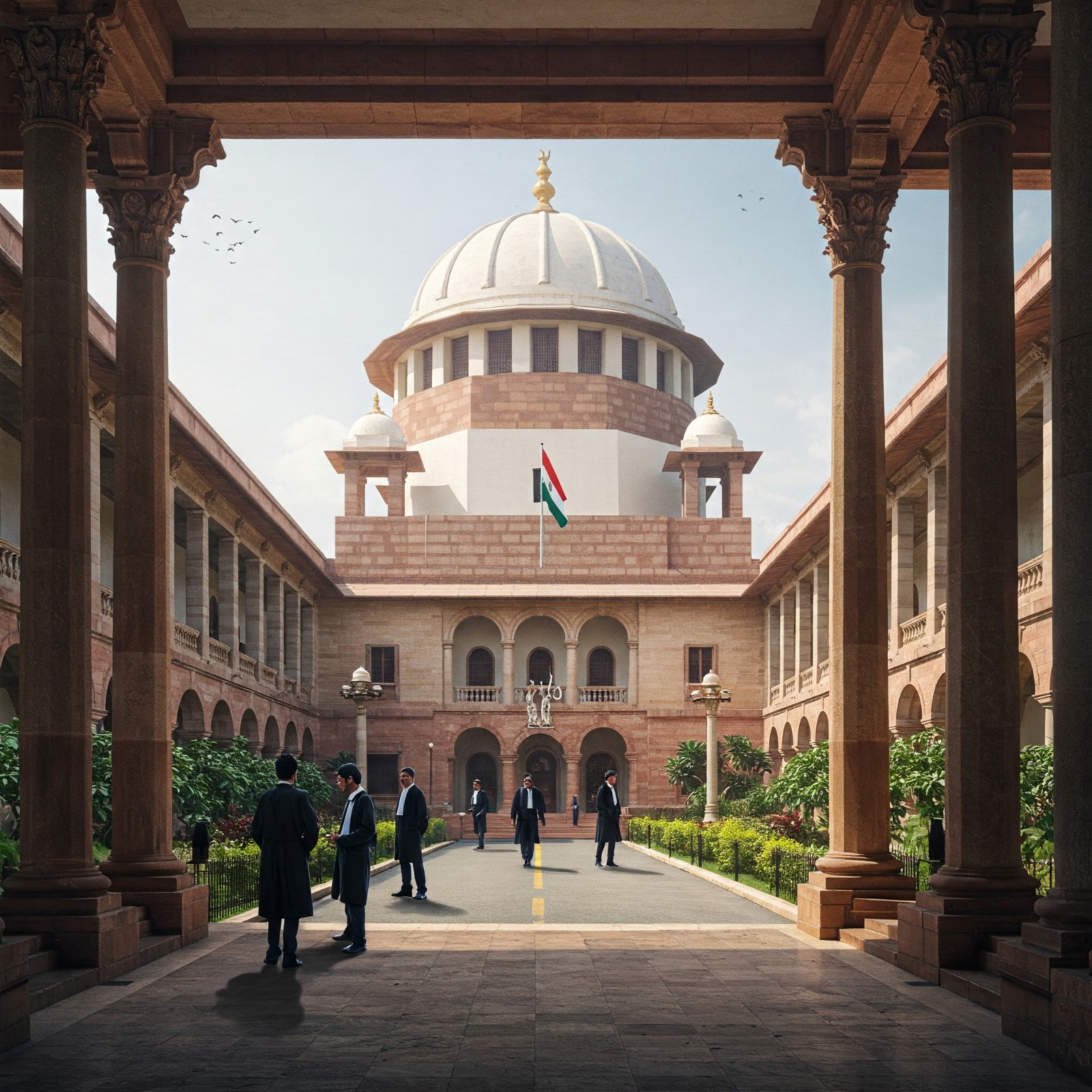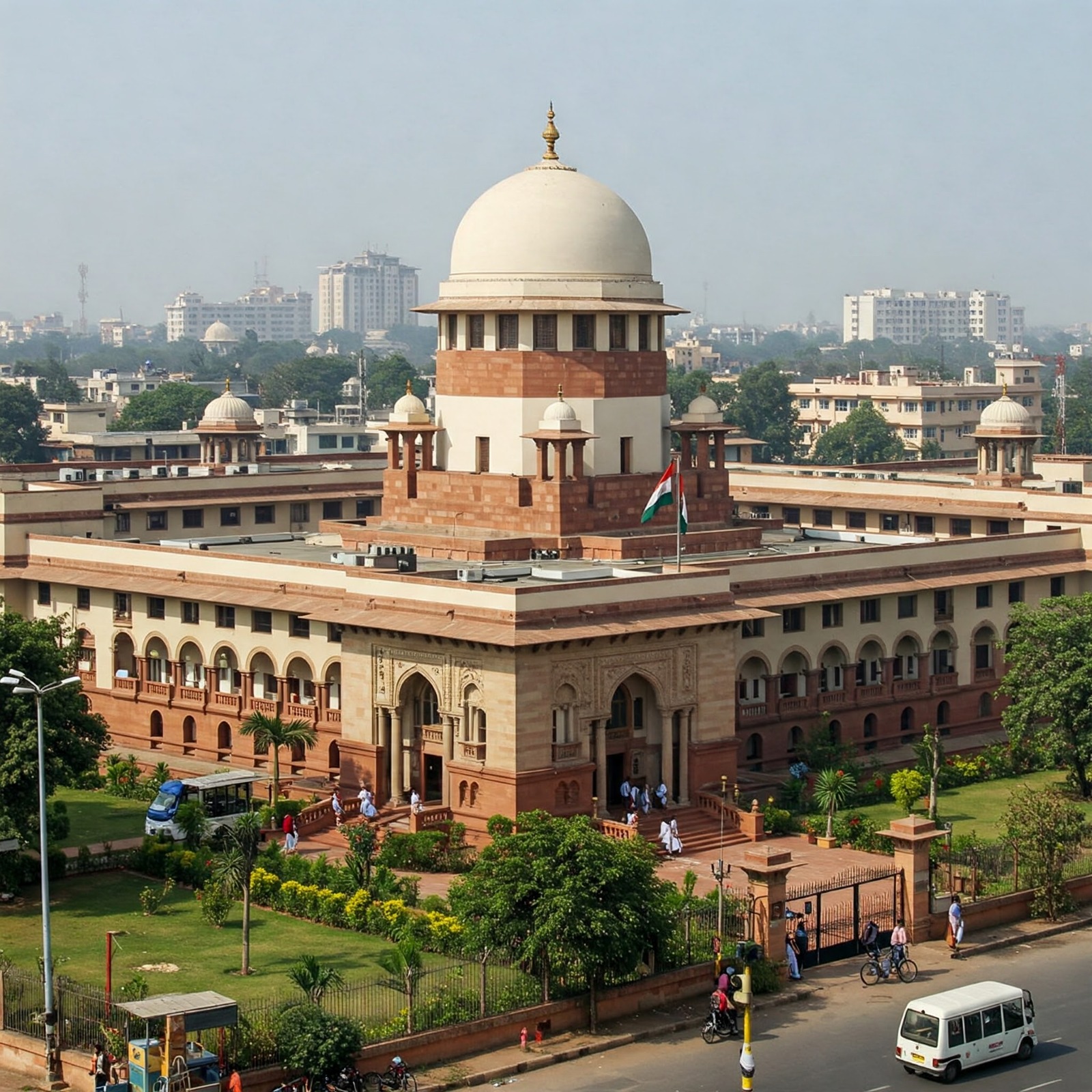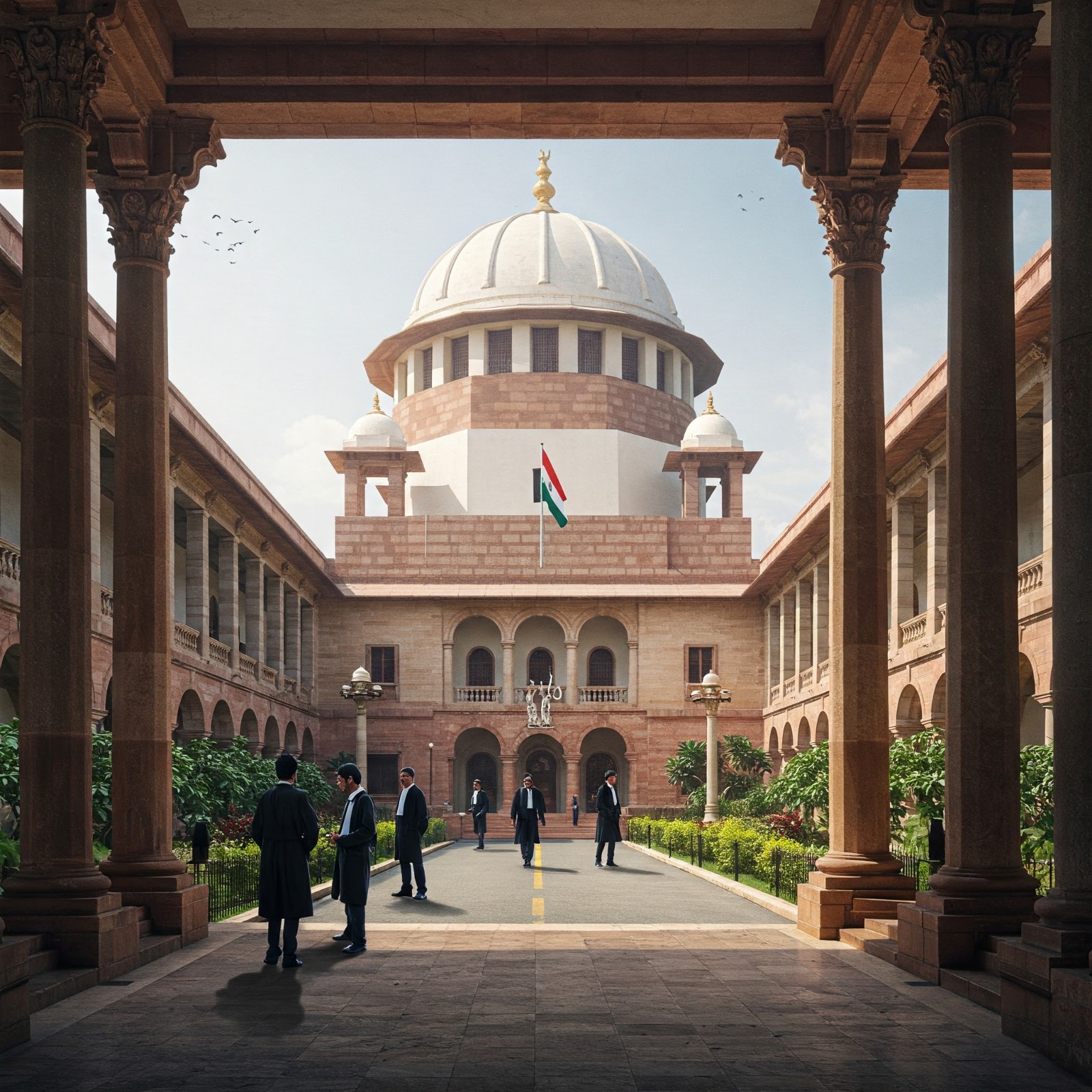NARMADA BACHAO ANDOLAN VS UNION OF INDIA AND ORS AIR 2000 SC 3751



BENCH: Chief Justice Y.K. Sabharwal, Justice K.G. Balakrishnan and Justice S.B. Sinha
BACKGROUND:
The Narmada Bachao Andolan v. Union of India & Ors. case emerged from one of India’s longest-running environmental and social justice movements, centered around the Sardar Sarovar Project (SSP) on the Narmada River. Planned in the early 1960s, the project was envisioned as a massive infrastructure initiative to provide irrigation, drinking water, and hydroelectric power to multiple states. However, as the government moved forward with construction, it faced mounting resistance, particularly from the Narmada Bachao Andolan (NBA), a grassroots movement led by Medha Patkar, which brought national and international attention to the human and ecological costs of the project. The NBA argued that large dams like SSP caused mass displacement, environmental destruction, and the erosion of indigenous rights, while disproportionately benefiting industrial and urban elites at the expense of marginalized rural communities.
By the 1980s and 1990s, the movement gained political momentum, staging mass protests, hunger strikes, and legal battles to demand greater transparency, proper rehabilitation, and a reevaluation of the project’s impact. The NBA’s activism also led to international scrutiny, resulting in the World Bank withdrawing its funding in 1993 due to concerns over inadequate resettlement efforts. Despite this setback, the Indian government pushed ahead, emphasizing economic growth and energy needs over social and environmental concerns. The NBA’s confrontation with the state became emblematic of a larger ideological battle between state-led development and grassroots resistance, highlighting tensions between economic modernization and indigenous land rights. The increasing political pressure and NBA’s sustained opposition ultimately led to the filing of a Public Interest Litigation (PIL) in the Supreme Court in 1994, seeking to halt construction and force the government to address the displacement crisis.
FACTS:
The case was primarily a Public Interest Litigation (PIL) filed by the Narmada Bachao Andolan (NBA) in the Supreme Court of India in 1994, challenging the legality and constitutionality of the Sardar Sarovar Project (SSP). The petitioners argued that the project violated fundamental rights under Articles 14 (Right to Equality), 19 (Right to Freedom), and 21 (Right to Life) of the Constitution, particularly concerning the displacement and rehabilitation of thousands of affected families. The NBA contended that the right to life includes the right to livelihood and a dignified existence, both of which were threatened by large-scale forced displacement. They further claimed that the project violated the Environmental Protection Act, 1986, as proper environmental impact assessments had not been conducted, and the Forest Conservation Act, 1980, due to the submergence of vast forest lands without due process. The petitioners also raised concerns about violations of international human rights obligations, citing India’s commitments under the International Covenant on Civil and Political Rights (ICCPR) and the International Covenant on Economic, Social and Cultural Rights (ICESCR) regarding adequate housing and livelihood.
Legally, the NBA questioned whether the government and project authorities had complied with the conditional clearance given by the Ministry of Environment and Forests (MoEF) in 1987, which required comprehensive environmental and rehabilitation plans before construction could proceed. The petitioners provided evidence that resettlement efforts were grossly inadequate, with thousands of displaced people still without alternative land, livelihood security, or access to basic services. They also highlighted that the Grievance Redressal Authority (GRA), set up to address resettlement issues, was ineffective and failed to uphold due process. Additionally, the NBA challenged the Narmada Water Disputes Tribunal’s (NWDT) Award of 1979, arguing that it had failed to protect the rights of the displaced and ensure equitable water distribution. The case thus raised a critical conflict between state-led economic development and constitutional safeguards, forcing the Court to determine whether large infrastructure projects could override fundamental rights and environmental laws without proper safeguards.
ISSUES:
Whether the environmental clearance granted by the Union of India lacked proper study and consideration of environmental impact.
Whether the conditions set by the Ministry of Environment were not adhered to.
Whether the Narmada Control Authority displayed bias in awarding despite its status as an independent body.
LEGAL PROVISIONS & CASES:
Section 4 of the Interstate Water Disputes Act, 1956.
ILO Convention No. 107.
Article 21 of the Indian Constitution.
A.P. Pollution Control Board vs. Prof.M.V.Nayudu (Retd.) & Others, 1999.
Vellore Citizens Forum, Petitioner v. Union of India and Others.
Section 3 of the Environment Protection Act.
JUDGEMENT WITH REASONING:
The Court ruled that the project was legal and valid, and it could proceed subject to strict compliance with rehabilitation and environmental protection measures. The majority opinion, delivered by Justices B.N. Kirpal and A.S. Anand, held that the state had the authority to undertake large-scale infrastructure projects in the national interest, particularly for economic development, water security, and electricity generation. It further stated that displacement, while unfortunate, was an inevitable consequence of such projects, and the government had taken sufficient steps to mitigate the impact through rehabilitation policies.
Relief and Directions Granted by the Court:
Construction Allowed in Phases – The dam’s height could be increased gradually, but only after satisfactory compliance with rehabilitation and resettlement (R&R) obligations. Future increases in height required clearance from the Narmada Control Authority (NCA) based on verified reports of proper resettlement.
Strict Monitoring of Rehabilitation – The NCA, state governments, and independent monitoring agencies were directed to ensure that all displaced families were resettled with agricultural land and basic amenities before any further increase in dam height.
Environmental Safeguards – The government was directed to fully implement environmental clearance conditions, including compensatory afforestation, wildlife protection, and watershed management measures. Non-compliance could lead to temporary suspension of construction.
Judicial Oversight and Grievance Redressal – The Grievance Redressal Authorities (GRAs) in Madhya Pradesh, Maharashtra, and Gujarat were ordered to function effectively and address concerns of displaced persons promptly.
Right to Livelihood Upheld – The Court acknowledged the fundamental rights of affected persons but ruled that economic development could not be halted entirely due to displacement concerns, provided the government adhered to proper R&R policies.
The Supreme Court’s reasoning in Narmada Bachao Andolan v. Union of India & Ors. was primarily based on the need to balance economic development with fundamental rights. The majority of the Court recognized that while large-scale infrastructure projects like the Sardar Sarovar Project (SSP) resulted in displacement and environmental concerns, they were also crucial for national progress. The Court emphasized that the primary objective of the project was to provide irrigation, drinking water, and hydroelectric power to drought-prone areas, benefiting millions of people. It acknowledged that displacement was an unfortunate but necessary consequence of development and stated that rehabilitation and resettlement (R&R) policies had been designed to adequately compensate and relocate affected individuals. The Court ruled that the government had taken sufficient measures to uphold the rights of displaced persons under Article 21 (Right to Life) and Article 14 (Right to Equality) by ensuring fair compensation and alternative land allotments. Additionally, it rejected the argument that the project violated environmental laws, stating that the required environmental clearances had been obtained, and mitigation measures were in place. The Court also stressed that judicial interference in policy decisions should be limited, as such projects were formulated and executed by the executive and legislature, which had the expertise and responsibility to make decisions in the larger public interest.
However, while upholding the construction of the dam, the Court imposed strict conditions to ensure compliance with rehabilitation and environmental safeguards. It directed that further construction of the dam would only proceed in phases, contingent upon the satisfactory rehabilitation of displaced families. The Narmada Control Authority (NCA) and state governments were instructed to monitor and verify the resettlement process, ensuring that affected persons were provided with land, compensation, and essential facilities before displacement. The Court underscored the importance of transparency and accountability, mandating periodic reviews to assess compliance with R&R policies. The dissenting opinion in the judgment raised concerns about whether the government had genuinely fulfilled its obligations, arguing that construction should not proceed until all affected families had been rehabilitated satisfactorily. While the dissent acknowledged the potential benefits of the project, it warned against prioritizing economic development at the expense of marginalized communities. Despite this dissent, the majority upheld the dam’s construction while ensuring that adequate safeguards were enforced to protect displaced communities and the environment.
CRITICISMS:
The Court prioritized economic development over the fundamental rights of displaced communities. It failed to fully enforce Article 21 (Right to Life), relying on government assurances of rehabilitation despite evidence of inadequate resettlement for marginalized groups.
Though the Court mandated proper rehabilitation, it relied on government agencies with a poor track record instead of independent oversight. Construction was allowed to continue despite reports of incomplete resettlement, leading to long-term suffering for displaced families.
The ruling accepted flawed environmental clearances without ensuring strong independent monitoring. Issues like deforestation, biodiversity loss, and ecological damage were downplayed, failing to apply the precautionary principle in environmental law.
The Court deferred too much to the executive and legislature, weakening judicial oversight in protecting fundamental rights. Instead of holding the government accountable, it accepted assurances at face value, missing an opportunity to set stricter standards for large-scale projects.
Justice Bharucha’s dissent warned that rehabilitation was inadequate, yet the majority overlooked these concerns. The decision to allow construction before full resettlement led to prolonged suffering, proving the dissent’s warnings valid.
ANALYSIS:
The Supreme Court’s decision in Narmada Bachao Andolan v. Union of India reflects a broader judicial inclination to balance economic development with fundamental rights, often prioritizing state-led infrastructure projects over individual hardships. The judgment underscores the Court’s deference to the executive and legislature in policy matters, recognizing that large-scale projects like the Sardar Sarovar Dam are crucial for national progress, particularly in ensuring water security, irrigation, and energy generation. However, this approach raises concerns about the extent to which the judiciary should intervene in cases where fundamental rights, particularly those of marginalized communities, are at stake. While the Court acknowledged the displacement crisis, it largely accepted the government’s assurances that proper rehabilitation and resettlement mechanisms were in place, despite significant evidence presented by the Narmada Bachao Andolan (NBA) highlighting gaps in implementation. This reliance on executive oversight, rather than enforcing independent accountability measures, reflects a judicial stance that prioritizes long-term economic benefits over immediate humanitarian concerns.
Additionally, the ruling set a precedent for how courts handle environmental and social justice cases, particularly regarding compliance with environmental laws. While the Court mandated phased construction and conditional approvals, it ultimately dismissed several concerns about flawed environmental assessments and inadequate mitigation measures. By ruling that the necessary clearances had been obtained, the Court overlooked the procedural lapses and absence of robust environmental monitoring mechanisms. Moreover, the Court's reluctance to impose stronger oversight on the rehabilitation process has been widely criticized for allowing displacement without ensuring adequate safeguards for affected communities. The dissenting opinion, which warned against proceeding with construction before full rehabilitation, remains a significant counterpoint to the majority ruling. The decision, while upholding the dam's construction, highlights the complexities of judicial intervention in state-driven development projects, raising enduring debates about the trade-offs between infrastructure growth and social justice.
Our culture nurtures and strives to achieve innovation, creativity, legal expertise and is client focused. Daily, we enhance our entrepreneurial environment



